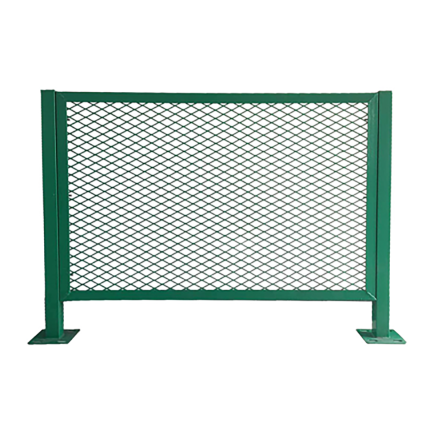Understanding Temporary Barriers Importance, Types, and Applications
In various contexts, temporary barriers serve as crucial tools for safety, organization, and control. Whether employed in urban planning, construction, traffic management, or event organization, these barriers play a vital role in delineating spaces, guiding behavior, and ensuring safety for both individuals and the environment.
Definition and Importance
Temporary barriers are structures designed to provide short-term protection or division in a particular area. Unlike permanent barriers, which are robust and designed for long-term use, temporary barriers are often lightweight, portable, and easily deployable. Their importance cannot be overstated; they help to prevent accidents, separate hazardous areas, and manage pedestrian and vehicular flow during various activities. The ability to quickly and efficiently establish boundaries makes them indispensable in dynamic environments.
Types of Temporary Barriers
1. Construction Barriers In construction sites, temporary barriers are essential for ensuring safety and controlling access. These barriers can include fences, walls, or nets that secure the area and protect workers and bystanders from potential hazards. They often feature bright colors or reflective materials to enhance visibility, thus reducing the chances of accidents.
2. Traffic Barriers During road construction or maintenance, traffic barriers are used to redirect vehicles and pedestrians. These barriers can include cones, plastic barriers, and concrete blocks that help prevent accidents and maintain the smooth flow of traffic. Their visibility is paramount, making them distinct in various settings.
temporary barriers

3. Event Management Barriers At public events, temporary barriers help to manage crowds and direct traffic flow. Stanchions and ropes are often used to guide attendees, create queues, and establish VIP areas. These barriers not only enhance the organization but also contribute to the overall experience of the event by ensuring safety and accessibility.
4. Safety Barriers Often used in industrial settings, safety barriers protect workers from machinery and hazardous materials. These barriers may include mesh fences or solid partitions that separate work areas and minimize the risk of accidents. Safety barriers are crucial for maintaining a secure work environment.
Applications of Temporary Barriers
Temporary barriers have a wide gamut of applications across different sectors. In urban planning, they are instrumental during city events, street festivals, or parades. They create designated zones for performers and attendees, enhancing safety and enjoyment. In sports events, barriers help manage spectators, ensuring that players and officials can operate within a secure environment.
In emergency situations, temporary barriers can also play a critical role. For instance, after a natural disaster, these barriers are often used to protect affected areas from further damage or to restrict access to dangerous zones. They help emergency responders in their efforts to stabilize situations and maintain order.
Conclusion
Temporary barriers are more than mere physical structures; they represent a proactive approach to safety, efficiency, and organization in various settings. Understanding the different types and applications of these barriers reveals their significance in maintaining order and preventing accidents. As urban environments continue to evolve, the innovative use of temporary barriers will remain essential in addressing the challenges that arise. By effectively mitigating risks and enhancing security, these barriers contribute to safer, more organized environments that benefit individuals and communities alike. Whether in daily operations or during unique events, the role of temporary barriers is invaluable and often underestimated. Their versatility and effectiveness underscore the need for their continued use and improvement.
-
Why Galvanized Trench Cover Steel Grating Resists Corrosion
NewsJul.10,2025
-
The Versatility and Strength of Stainless Expanded Metal Mesh
NewsJul.10,2025
-
Load Calculations in Steel Grating Platforms
NewsJul.10,2025
-
Keeping Pets and Kids Safe with Chicken Wire Deck Railing
NewsJul.10,2025
-
Hole Diameter and Pitch for Round Perforated Metal Sheets
NewsJul.10,2025
-
Aluminium Diamond Mesh in Modern Architecture
NewsJul.10,2025
Subscribe now!
Stay up to date with the latest on Fry Steeland industry news.

